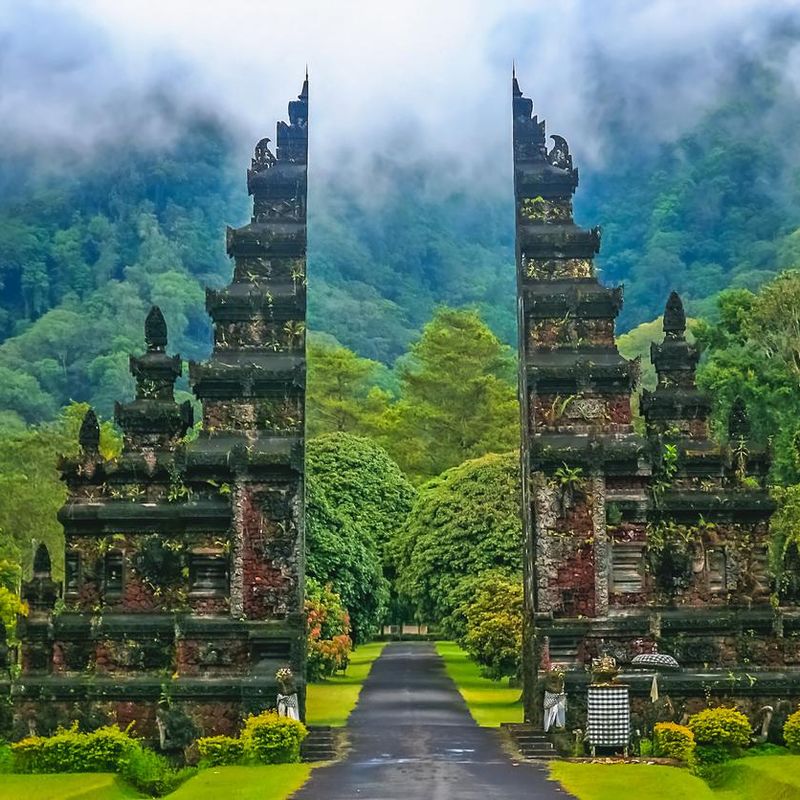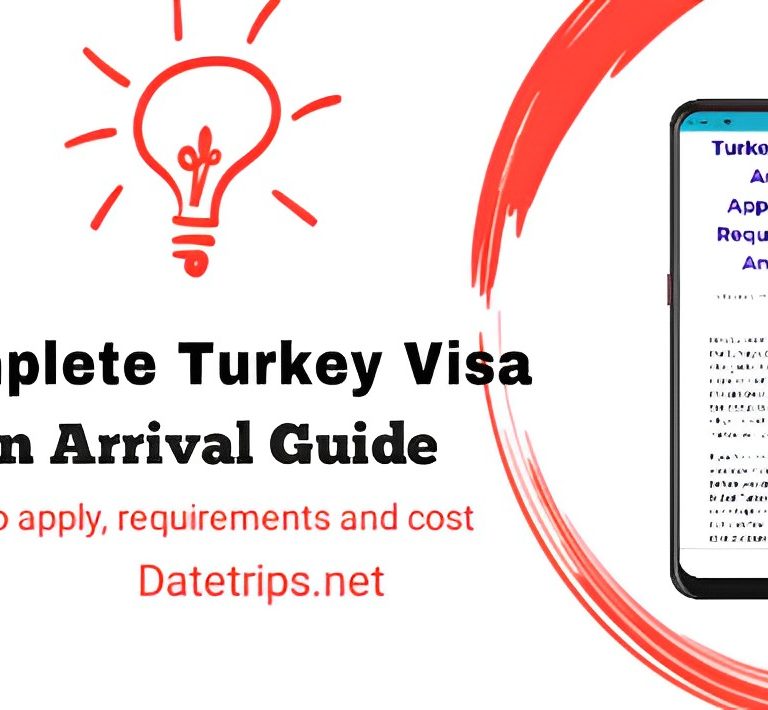Maximizing Sightseeing Time in a New Destination
When visiting a new destination, time is often limited, and there’s so much to see and explore. To make the most of your sightseeing experience, it’s important to plan and optimize your time effectively. This guide will provide you with practical tips and strategies to maximize your sightseeing time in a new destination. From prioritizing attractions and creating an itinerary to utilizing local transportation and embracing guided tours, you can ensure that you make the most of every moment and create lasting memories.
Prioritize Your Must-See Attractions:
When visiting a new destination, it’s essential to prioritize your must-see attractions to make the most of your sightseeing time. Here’s an explanation of how to prioritize your must-see attractions:
- Research and Identify Key Attractions: Before your trip, conduct thorough research about the destination and its main attractions. Consider landmarks, historical sites, museums, natural wonders, or any other points of interest that align with your interests and preferences. Make a list of these attractions to have a clear idea of what you want to see.
- Evaluate Your Interests and Preferences: Consider what interests you the most. Are you a history buff, nature lover, art enthusiast, or foodie? Understanding your preferences will help you prioritize attractions that align with your passions. This ensures that you spend your time and energy on experiences that truly resonate with you.
- Set Realistic Expectations: While it’s tempting to want to see everything, it’s crucial to set realistic expectations. Recognize that time is limited, and trying to cram too many attractions into your itinerary may leave you feeling rushed and overwhelmed. Be selective and focus on the attractions that truly captivate you.
- Determine the Significance and Uniqueness: Assess the significance and uniqueness of each attraction. Consider the historical, cultural, or natural importance of the site. Is it a renowned landmark, a UNESCO World Heritage Site, or a rare natural phenomenon? Prioritize attractions that offer something distinctive and memorable.
- Consider Time and Accessibility: Take into account the time required to explore each attraction. Some may require several hours or even a full day, while others can be covered in a shorter time frame. Factor in the accessibility of the attractions as well, considering the distance between them and the available modes of transportation.
- Seek Recommendations: Consult travel guides, online forums, and recommendations from friends or locals to gain insights into the must-see attractions of the destination. Hearing about personal experiences and recommendations can help you prioritize the most highly regarded sites.
- Be Flexible and Open to Change: While it’s important to prioritize attractions, it’s also essential to remain flexible and open to adjustments. Unexpected discoveries or recommendations from locals or fellow travelers may lead you to reevaluate your initial priorities. Be willing to adapt your itinerary to include hidden gems or experiences that capture your interest along the way.
Plan Your Itinerary:
Planning your itinerary is a crucial step in maximizing your sightseeing time in a new destination. Here’s an explanation of how to plan your itinerary effectively:
- Determine the Duration of Your Trip: Consider how many days you’ll be spending in the destination. This will help you allocate time to different attractions and activities. Be realistic about what you can reasonably cover within the given timeframe.
- Research and Prioritize Attractions: Refer to your list of must-see attractions and prioritize them based on your interests and preferences. Consider factors such as historical significance, cultural relevance, natural beauty, and personal preferences. This will help you determine which attractions are the highest priority.
- Map Out the Locations: Identify the locations of the attractions on a map of the destination. This will help you visualize their proximity to one another and plan an efficient route. Group attractions that are close to each other to minimize travel time between them.
- Consider Opening Hours and Closure Days: Take note of the opening hours and closure days of the attractions you plan to visit. This information is crucial for scheduling your visits and ensuring that you don’t miss out due to unexpected closures. Plan your itinerary around these timings to optimize your sightseeing time.
- Allocate Time for Each Attraction: Estimate the time needed to explore each attraction. Consider factors such as the size of the site, the number of exhibits or sections to explore, and any additional activities or guided tours you want to participate in. Be realistic in your time allocation to avoid feeling rushed.
- Add Buffer Time: Include buffer time in your itinerary to account for unexpected delays, longer-than-anticipated visits, or spontaneous discoveries along the way. This will prevent your entire itinerary from falling behind schedule and allow for flexibility in case you want to spend more time at a particular attraction.
- Balance Your Itinerary: Ensure a balance in your itinerary by including a mix of attractions. Include iconic landmarks, historical sites, cultural experiences, natural wonders, and local activities or culinary explorations. This will provide a well-rounded experience and cater to different interests and preferences.
- Consider Travel Logistics: Factor in the time required for traveling between attractions. Research the transportation options available, such as buses, trains, or taxis, and account for any potential traffic or delays. Leave ample time between attractions to ensure a smooth transition.
- Incorporate Downtime: While it’s tempting to pack your itinerary with activities, it’s important to include downtime for relaxation, rest, and exploring the destination at a leisurely pace. Allow for breaks, meals, and time to soak in the local ambiance without feeling rushed.
Use Local Transportation:
Utilize the local transportation system to save time and efficiently move between attractions. Research the available options such as buses, trains, trams, or subways, and familiarize yourself with the routes and schedules. Consider purchasing travel passes or cards that offer unlimited or discounted rides.
Embrace Guided Tours:
Joining guided tours can be a time-efficient way to explore a destination. Look for reputable tour operators or local guides who offer guided tours of the main attractions. These tours provide valuable insights, historical context, and eliminate the need for extensive research and navigation.
Utilize Early Mornings and Late Evenings:
Take advantage of the early morning hours and late evenings to visit popular attractions when they are less crowded. Many tourist spots are quieter during these times, allowing you to experience them with fewer crowds and shorter queues.
Optimize Your Time at Each Location:
Make the most of your time at each attraction by planning ahead. Check the opening hours and arrive early to beat the crowds. Prioritize the must-see highlights within the attraction and allocate more time to them. Use audio guides or self-guided tours to explore at your own pace and save time.
Avoid Peak Tourist Seasons:
Consider visiting your destination during off-peak seasons to avoid the large crowds. Research the high tourist seasons and plan your trip accordingly. Visiting during quieter periods not only reduces wait times but also allows for a more relaxed and enjoyable sightseeing experience.
Take Breaks and Pace Yourself:
While it’s important to make the most of your time, it’s equally essential to take breaks and pace yourself. Sightseeing can be physically and mentally demanding, so schedule downtime to rest and recharge. Enjoy local cafes, parks, or scenic spots where you can relax and soak in the atmosphere.
Conclusion:
Maximizing your sightseeing time in a new destination requires careful planning and efficient use of resources. By prioritizing your must-see attractions, creating a well-structured itinerary, utilizing local transportation, embracing guided tours, taking advantage of early mornings and late evenings, and avoiding peak tourist seasons, you can make the most of your limited time. Remember to pace yourself and take breaks to ensure an enjoyable and memorable sightseeing experience. With these tips in mind, you’ll be able to explore the highlights, immerse yourself in the local culture, and create unforgettable memories in every new destination you visit.






